The weather in the North is experiencing horrendous hot days when temperatures can reach 40 degrees Celsius, negatively affecting people's health and lives.
In Hanoi , the temperature outside can reach over 50 degrees Celsius, threatening the health of many people, especially those who often have to work outdoors.
Hanoi residents cover themselves when moving outdoors in recent days (Photo: Manh Quan).
Torture every summer
As a tech shipper, Nguyen Duc Vinh (24 years old) has to face the harsh heat every day due to the nature of his job. His delivery job requires him to constantly expose himself to the sun, moving from one point to another, without a single minute of rest.
There were days when his body felt exhausted, exhausted, his throat was parched from thirst, and he even suffered from cramps from dehydration. To survive, Vinh had to find temporary shelter under the shade of trees or stop at supermarkets to take shelter from the sun, both to cool off and to drink iced tea or buy electrolyte drinks to replenish minerals.
“Every time I don’t have an order, I stop by the sidewalk to rest and drink a glass of water to wake up. I just hope this heat wave passes soon,” he sighed.
Vinh pulled over to rest after a long drive under the scorching sun of Hanoi (Photo: Hai Yen).
Although he doesn't have to work outdoors continuously like a shipper, Luong Quang Vinh (21 years old, student) is also suffering from the summer heat in his own way.
Every day, he has to ride his motorbike for about 40 minutes over a distance of nearly 15km to get to school. For Vinh, this is like torture as in recent days, the intense heat has caused him to experience signs of exhaustion such as fatigue, severe thirst and difficulty concentrating.
“This morning, it took me more than an hour and a half to get to school due to traffic jams under the hot sun. When I got to school, I felt dizzy and had no energy to study,” Vinh said.
The repeated fatigue and dizziness from having to move around under the hot sun not only exhausted him physically but also affected his mind. Worse still, Vinh began to notice brown spots on his hands, a sign of sun-induced hyperpigmentation.
Not only headaches and dizziness, the young man also experienced increased skin pigmentation when constantly moving outdoors.
Even though he was fully equipped with sunscreen, long-sleeved shirts, and UV-protective hats, Vinh still could not escape the terrible effects of UV rays. His once white hands were now covered with dark spots caused by the harsh sunlight.
Vinh's hands are covered in brown spots due to exposure to the hot sun in recent days (Photo: BN).
After several summer months worn down by long trips under the scorching sun, the student decided to move closer to school. It was not only a choice to save time and effort, but also a way for Vinh to protect his health from the harsh weather.
Common health conditions in hot weather
Sharing with Dan Tri , Dr. Nguyen Huy Hoang, a member of the Underwater and Hyperbaric Oxygen Medicine Association, extreme heat, especially during periods of temperature reaching 40 degrees Celsius or higher, is becoming a major challenge to public health.
This condition is not only uncomfortable, but also increases the risk of heat-related illnesses, notably heat exhaustion, heat stroke (including heatstroke), and heat stroke.
Heat exhaustion is a condition in which the body loses water and electrolytes due to heat, causing fatigue, dizziness, nausea, profuse sweating, pale skin, cramps, and a slight increase in body temperature (38-40 degrees Celsius). This condition is not dangerous and can be recovered if cooled and rehydrated promptly, but if left untreated, it can progress to heat stroke.
Heatstroke/Sunstroke is a condition of high body temperature (over 40 degrees Celsius), failure of the body's thermoregulatory system, causing confusion, convulsions, coma, hot dry skin (or moist skin with exertion), no sweating. This is a very urgent emergency, with a high risk of death if not cooled immediately.
Heat-related stroke causes blood to thicken, blood pressure disorders, weakness/paralysis of one side of the body, difficulty speaking, severe headache, and impaired consciousness. The victim needs emergency care at this time due to the risk of death or serious sequelae if not treated promptly.
To reduce the risk of heat-related illnesses such as heat exhaustion, heat stroke, and heat stroke, Dr. Hoang recommends that people take the following effective preventive measures.
First of all, maintaining the amount of water in the body is an important factor. People should prioritize drinking filtered water or water containing electrolytes to promptly compensate for the loss of water and minerals, and limit the use of alcohol and caffeinated drinks because they can increase the risk of dehydration.
Next, avoid going out during the hottest hours of the day, especially from 10am to 4pm, and prioritize resting in cool, well-ventilated places to reduce heat stress on the body. In particular, never leave children in cars, even for a short time.
Regarding clothing, people should choose light, light-colored, loose-fitting clothes to help dissipate heat, and use wide-brimmed hats, sunglasses or umbrellas to block direct sunlight.
Besides, cooling the living environment is also an important measure. People can use air conditioners, fans, open windows when the weather is cool or hang wet towels in the house to reduce the temperature.
In addition, it is necessary to adjust the intensity of physical activity, avoiding heavy outdoor exercise on extremely hot days.
Finally, taking cool showers regularly and applying sunscreen with an SPF of 30 or higher will help protect your skin from harmful UV rays and help cool your body.
According to Dr. Hoang, prolonged heat can adversely affect the health of high-risk groups such as the elderly, children or people with chronic diseases such as cardiovascular disease, high blood pressure, diabetes or obesity.
If any unusual signs related to heat appear, especially impaired consciousness, hemiplegia or difficulty speaking, the victim should be taken to the emergency room immediately for timely medical support.
At the same time, each individual and community needs to proactively take measures to prevent and protect health against prolonged heat waves, to ensure safety and minimize risks in extreme weather conditions.
Source: https://dantri.com.vn/suc-khoe/nguoi-dan-mien-bac-kiet-suc-vi-nang-nong-bac-si-goi-y-cach-phong-tranh-20250805072410483.htm


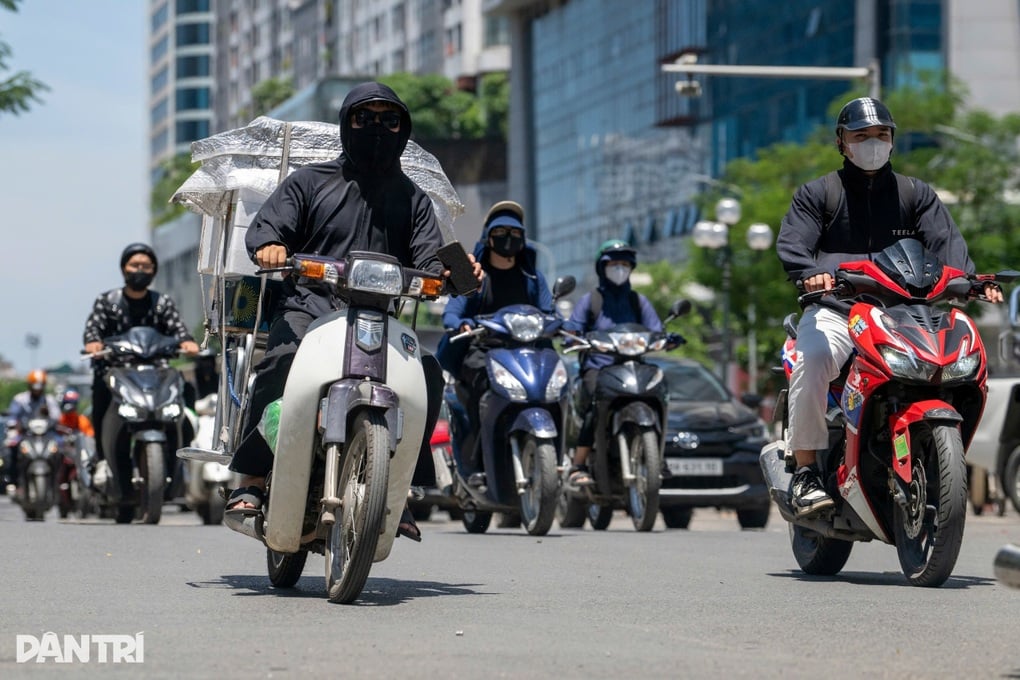
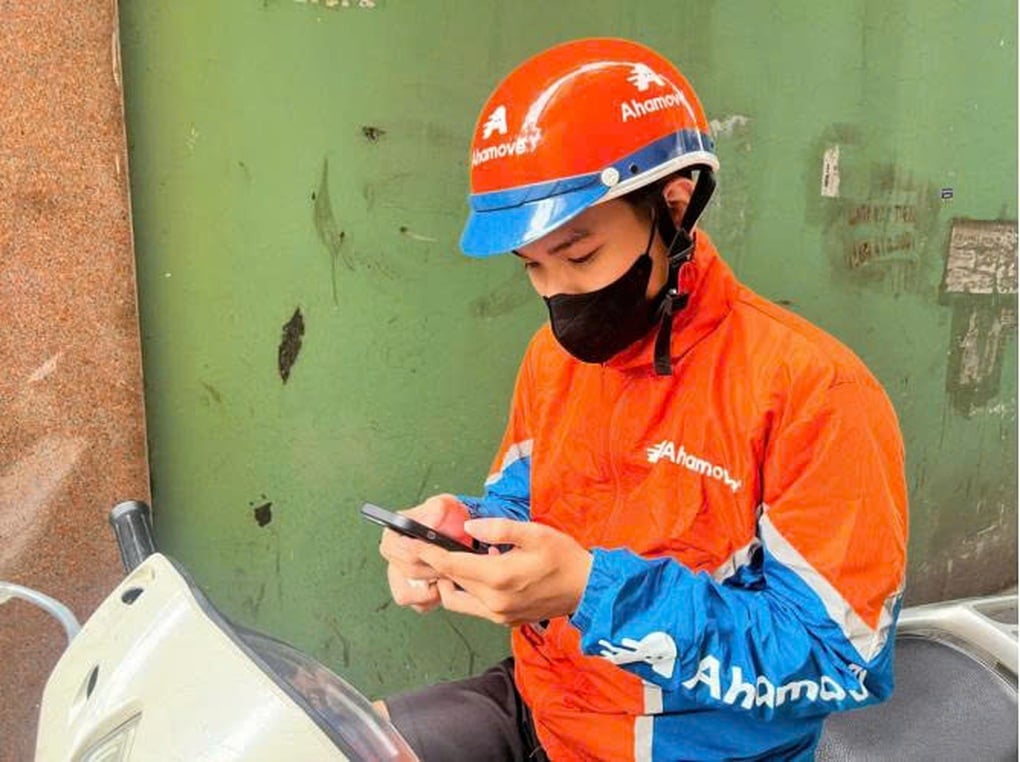
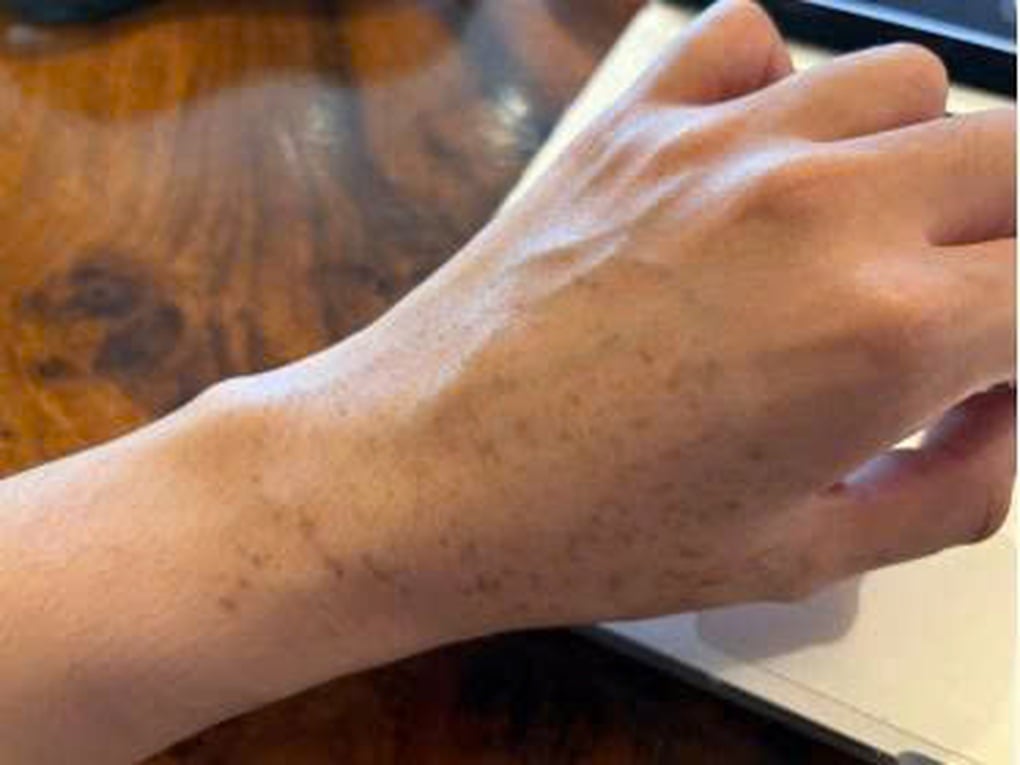


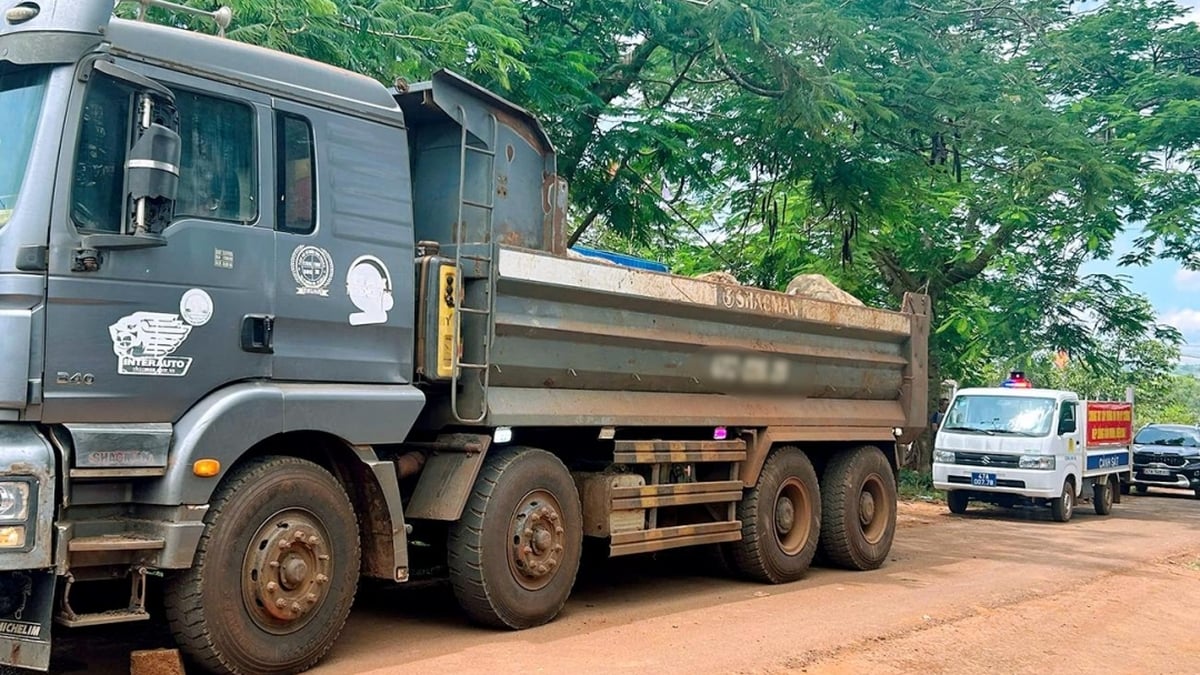

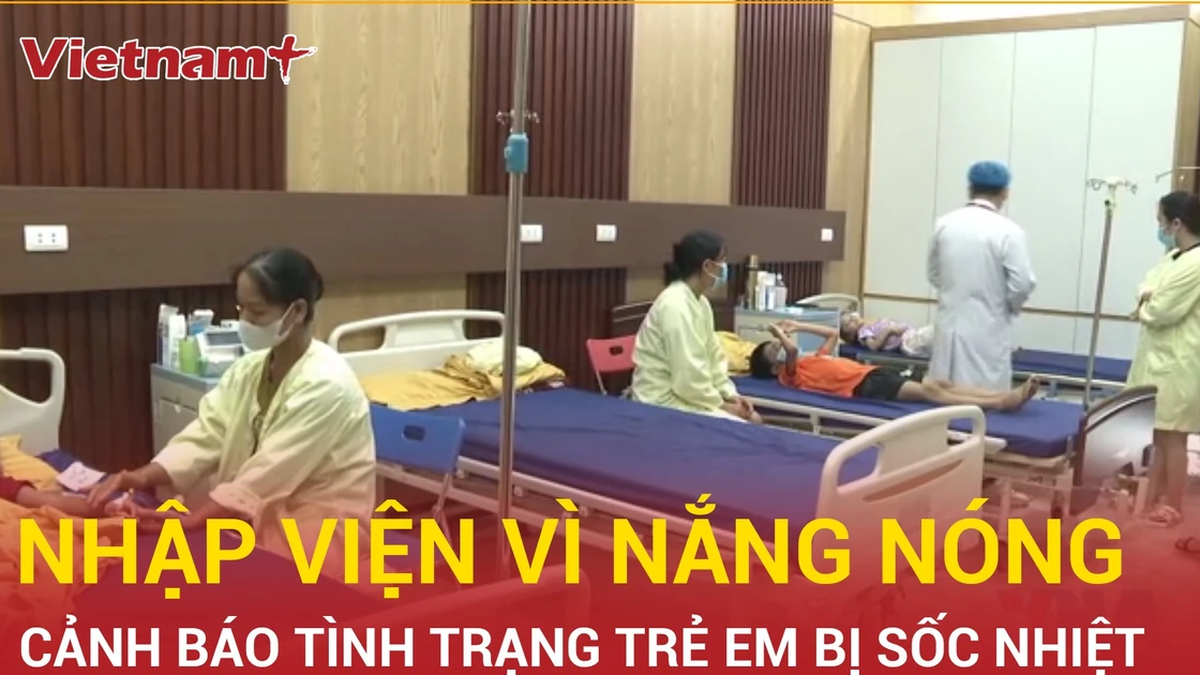

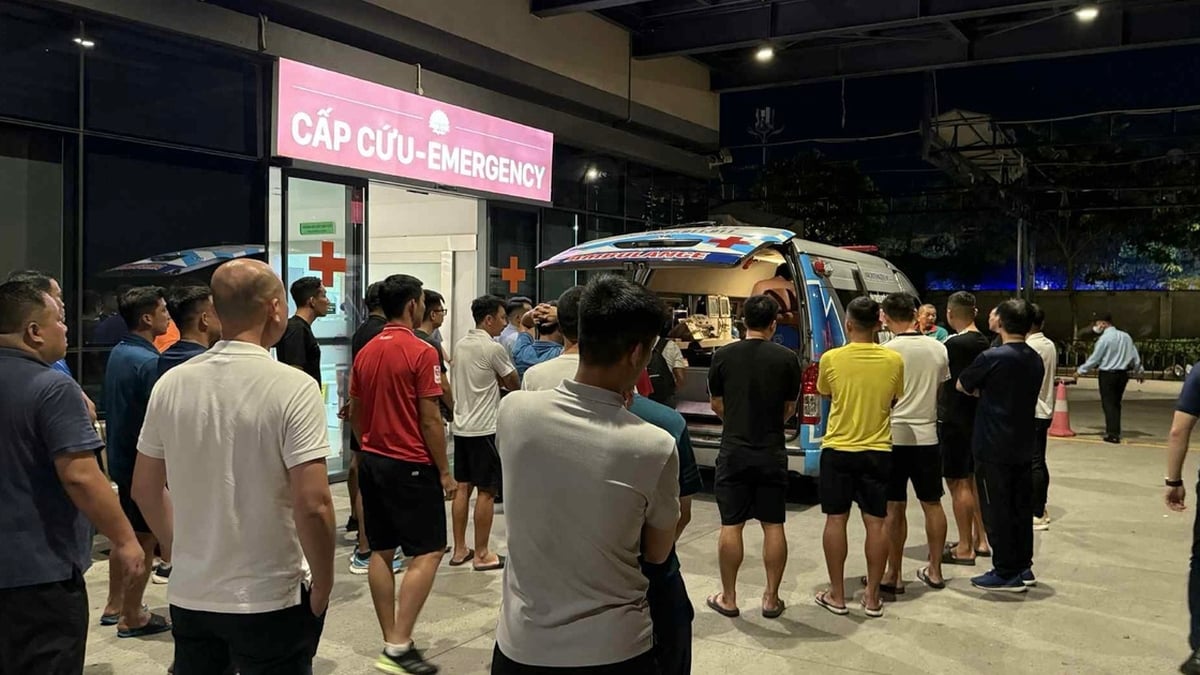
























































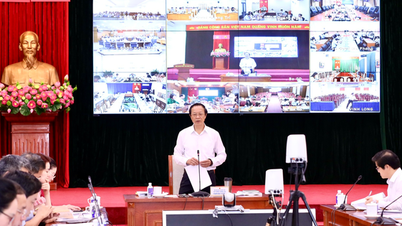

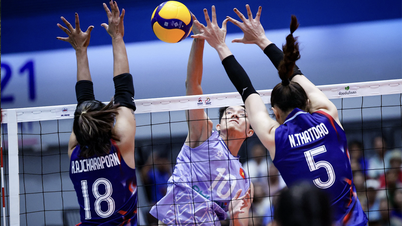





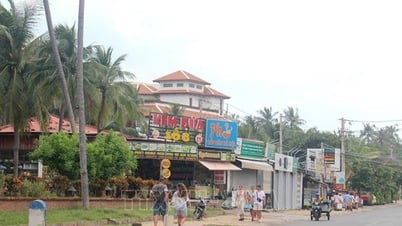

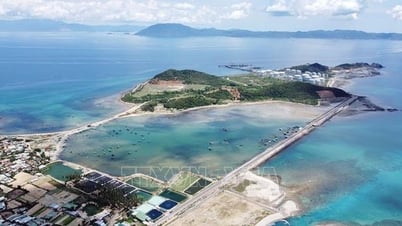






















Comment (0)